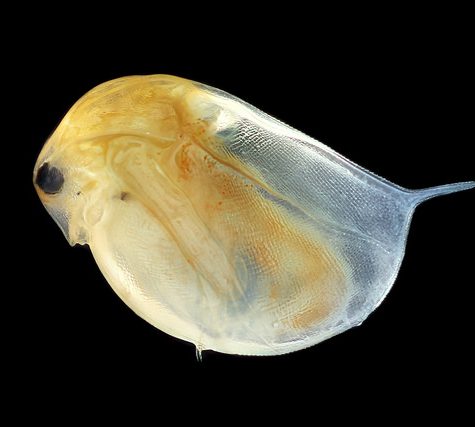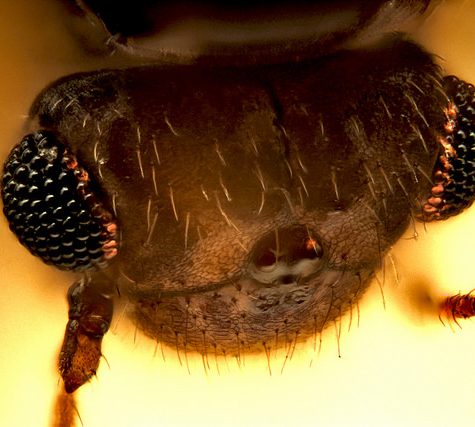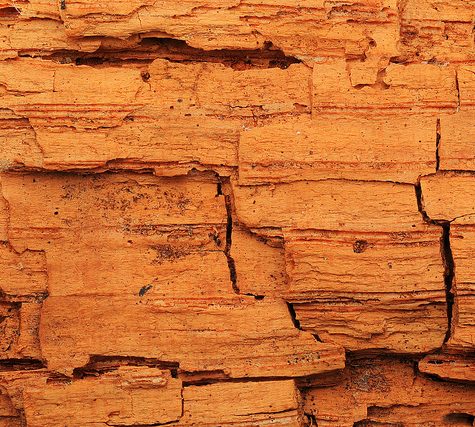Daphnia
$19.00 – $400.00Daphnia, a genus of small planktonic crustaceans, are 0.2–5 millimetres (0.01–0.20 in) in length. Daphniaare members of the orderCladocera, and are one of the several small aquatic crustaceans commonly called water fleas because their saltatory (Wiktionary) swimming style resembles the movements of fleas. Daphnia live in various aquatic environments ranging from acidic swampsto freshwater lakes, ponds, streams and rivers.
















